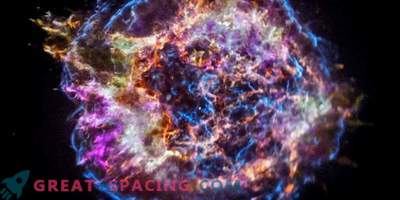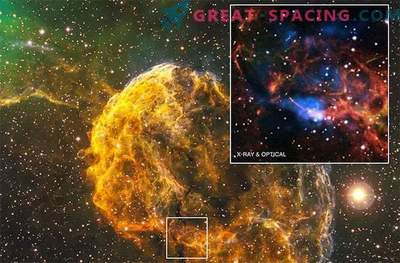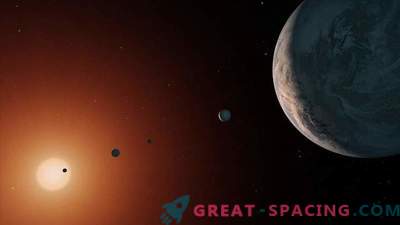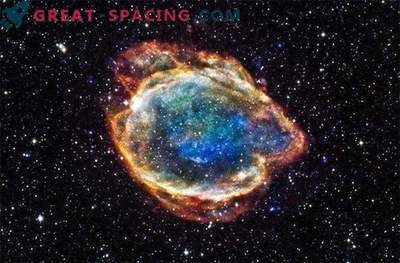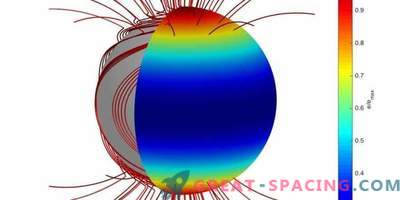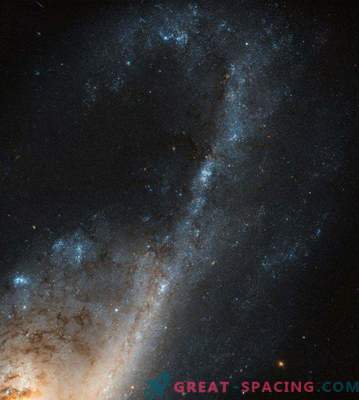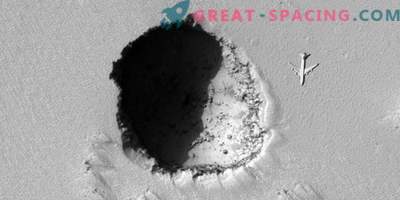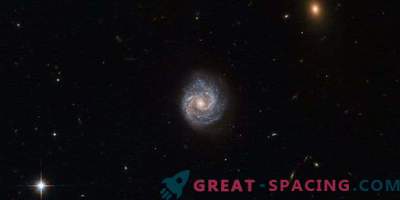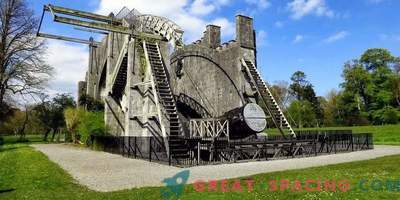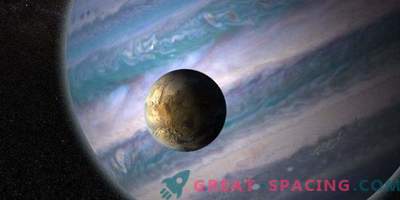
The new three-dimensional model of the supernova remnant Cassiopea A gives us an idea of how these massive explosions occur.
The detailed model shows a bubble formed by space debris, which is connected to a bright ejection envelope located in several ring structures.
"This is the first time that we actually see a complete picture of the surrounding space of an object of this class," said one of the authors of the study, Professor Robert Fesen from Dartmouth College in New Hampshire.
Cassiopeia A was formed 340 years ago, when a massive star exploded, forming a neutron star, which makes it an interesting subject for cosmic observations. In this type of explosion, known as the collapse of a supernova nucleus, the outer layers of a star are ejected into open space, reaching a speed of 70,000 kilometers per second.
However, this release of material suddenly stopped and began to travel in the opposite direction at a speed of about 10,000 kilometers per second. Scientists call this sudden reversal "rebound," but so far they do not know the nature of this phenomenon.


